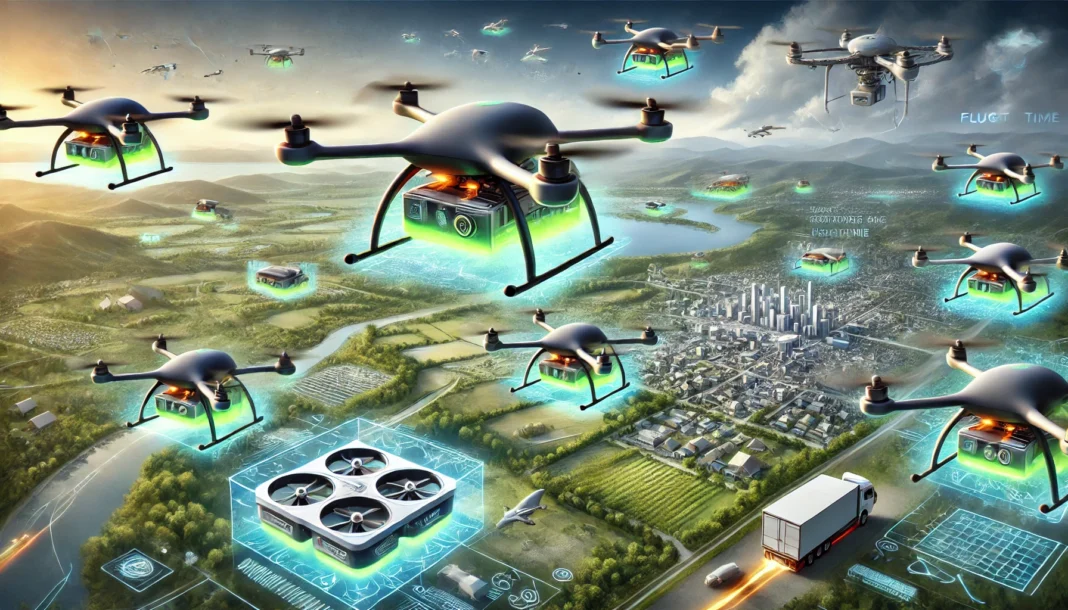Drones could be delivering parcels and looking for missing people but flight times are limiting their use. Additional batteries would affect the weight allowing less cargo, but Pohang University has formed a small fuel cell allowing an hour flight and could be used for things such as cars and phones in the future.
Professor Gyeong Man Choi and Kun Joong Kim are the developers and uses stainless steel along with a thin electrolyte and uses tapes casting lamination co-firing. Improvements are being made thanks to the recognition that silicon degraded, and stainless steel is being used to overcome this.
READ ALSO: Ultra-thin and Flexible Photovoltaic Cells From MIT
These third generation cells do not corrode and have a peak power of 560Mw at 550 centigrades. It is this level of reliability that means it will also be possible to put the batteries into other items such as smartphones and even some laptops. They are small cells measuring just 78mm square and are believed to switch on and off as quickly as lithium-ion batteries. Smartphones could run on a single charge in a week.
Hydrogen – wet H2 gas – and H20 are used as fuel to produce electricity. The electrolyte is in the form of solid oxide and negative oxygen ions diffuse to the anode, and the fuel is oxidised as a result. This way electrons are formed.
At present, this is still in the development phase, but there is the strong hope and belief that the work carried out so far is going to lead to more powerful cells becoming available and at the same time costs reducing.
Scientific Article / Source; postech.ac.kr










